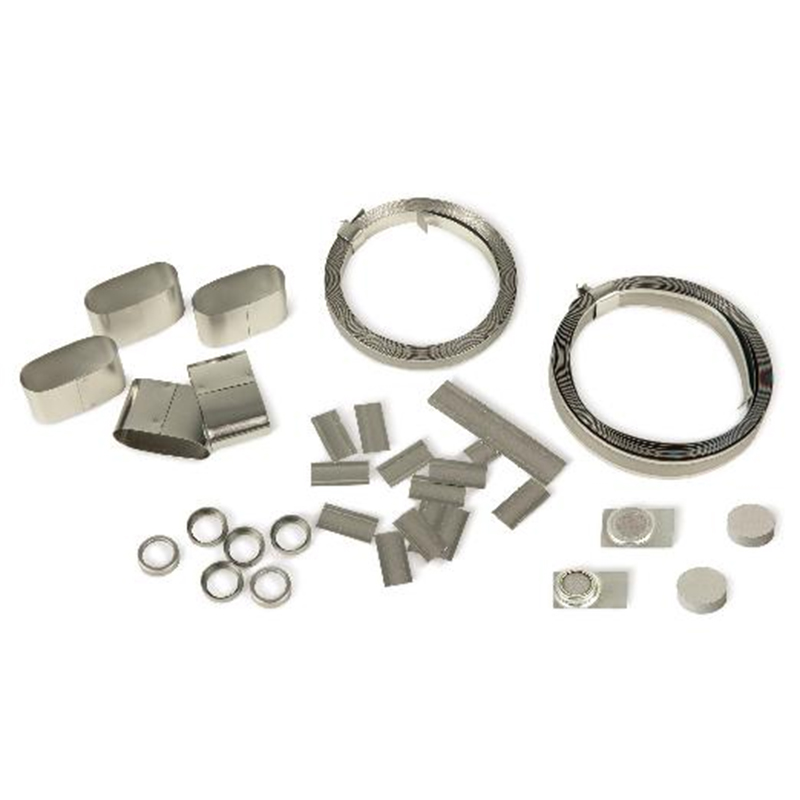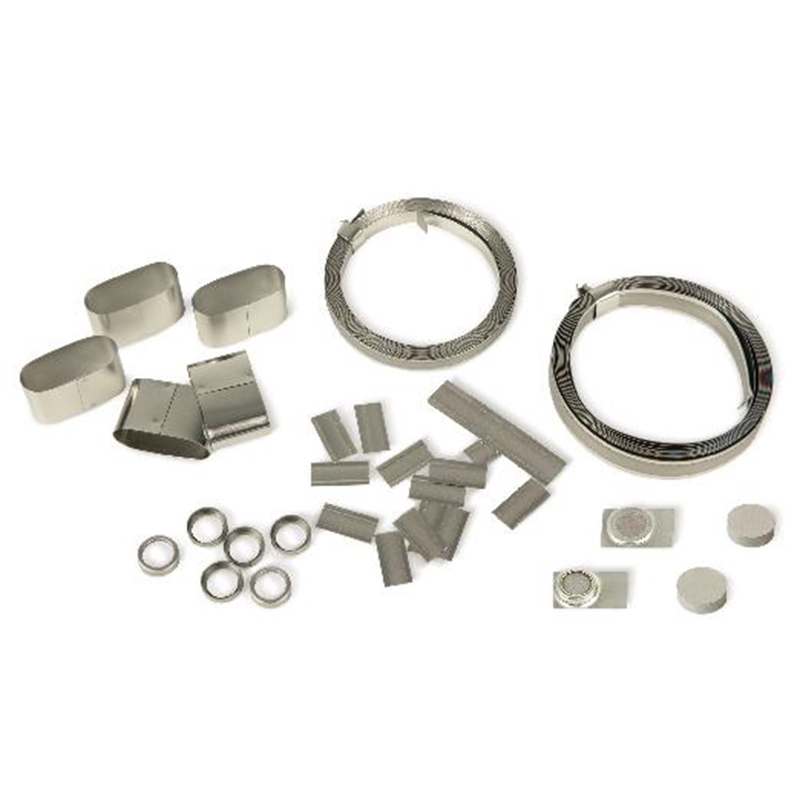
Understanding and Utilizing Getters in Programming
2025-04-23
Understanding and Utilizing Getters in Programming
This comprehensive guide explores the concept of getters in programming, detailing their purpose, implementation, and best practices. We’ll delve into various programming languages and examine how getters contribute to efficient and robust code design. Learn how to effectively leverage getters to enhance your software development process.
What are Getters?
In object-oriented programming, a getter (also known as an accessor method) is a method that retrieves the value of a private instance variable (or property). It provides controlled access to the internal state of an object, preventing direct manipulation and promoting encapsulation. This approach safeguards data integrity and enhances code maintainability. Directly accessing private variables can lead to unexpected behavior and errors, making getters an essential part of good programming practices.
Why Use Getters?
Encapsulation and Data Hiding
The primary benefit of using getters is encapsulation. By hiding internal data and providing controlled access through methods, you protect your object’s internal state from unintended modifications. This makes your code more robust and less prone to errors.
Data Validation
Getters can include data validation logic. Before returning the value, a getter can check if the data is valid and handle any necessary transformations or error handling, ensuring data consistency.
Computed Properties
Getters can return values calculated based on other properties or internal state, allowing you to create computed properties without directly exposing the underlying calculation logic. This improves code readability and maintainability.
Example in JavaScript
Let’s consider a simple example in JavaScript:
class Person { constructor(name, age) { this._name = name; this._age = age; } get name() { return this._name; } get age() { return this._age; }}const person = new Person(Alice, 30);console.log(person.name); // Accessing the name using the getterconsole.log(person.age); // Accessing the age using the getterExample in Java
In Java, getters are commonly implemented using the get prefix followed by the variable name:
public class Person { private String name; private int age; public String getName() { return name; } public int getAge() { return age; }}Getters vs. Direct Access
| Feature | Getters | Direct Access |
|---|---|---|
| Encapsulation | High | Low |
| Data Validation | Possible | Not Possible |
| Maintainability | High | Low |
| Readability | High | Moderate |
| Flexibility | High | Low |
Advanced Uses of Getters
Beyond basic data retrieval, getters can be used for more sophisticated tasks, such as:
- Implementing lazy loading
- Logging access to properties
- Performing calculations on demand
- Applying business logic during data retrieval
Mastering the use of getters is crucial for creating well-structured, maintainable, and robust applications. By understanding their purpose and implementing them correctly, you significantly improve your software development skills.
For more advanced materials and vacuum technologies, please visit Nanjing Huadong Electronics Vacuum Material Co., Ltd.
Please leave us a message.
Please enter your email address and we will reply to your email.
- English
- French
- German
- Portuguese
- Spanish
- Russian
- Japanese
- Korean
- Arabic
- Irish
- Greek
- Turkish
- Italian
- Danish
- Romanian
- Indonesian
- Czech
- Afrikaans
- Swedish
- Polish
- Basque
- Catalan
- Esperanto
- Hindi
- Lao
- Albanian
- Amharic
- Armenian
- Azerbaijani
- Belarusian
- Bengali
- Bosnian
- Bulgarian
- Cebuano
- Chichewa
- Corsican
- Croatian
- Dutch
- Estonian
- Filipino
- Finnish
- Frisian
- Galician
- Georgian
- Gujarati
- Haitian
- Hausa
- Hawaiian
- Hebrew
- Hmong
- Hungarian
- Icelandic
- Igbo
- Javanese
- Kannada
- Kazakh
- Khmer
- Kurdish
- Kyrgyz
- Latin
- Latvian
- Lithuanian
- Luxembou..
- Macedonian
- Malagasy
- Malay
- Malayalam
- Maltese
- Maori
- Marathi
- Mongolian
- Burmese
- Nepali
- Norwegian
- Pashto
- Persian
- Punjabi
- Serbian
- Sesotho
- Sinhala
- Slovak
- Slovenian
- Somali
- Samoan
- Scots Gaelic
- Shona
- Sindhi
- Sundanese
- Swahili
- Tajik
- Tamil
- Telugu
- Thai
- Ukrainian
- Urdu
- Uzbek
- Vietnamese
- Welsh
- Xhosa
- Yiddish
- Yoruba
- Zulu
- Kinyarwanda
- Tatar
- Oriya
- Turkmen
- Uyghur















